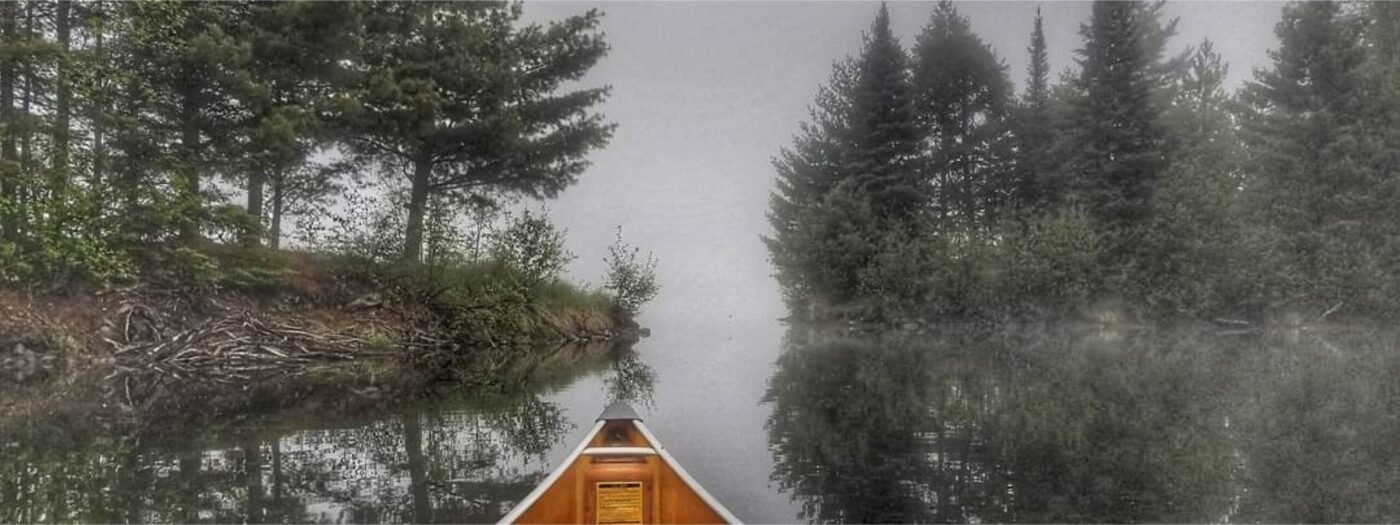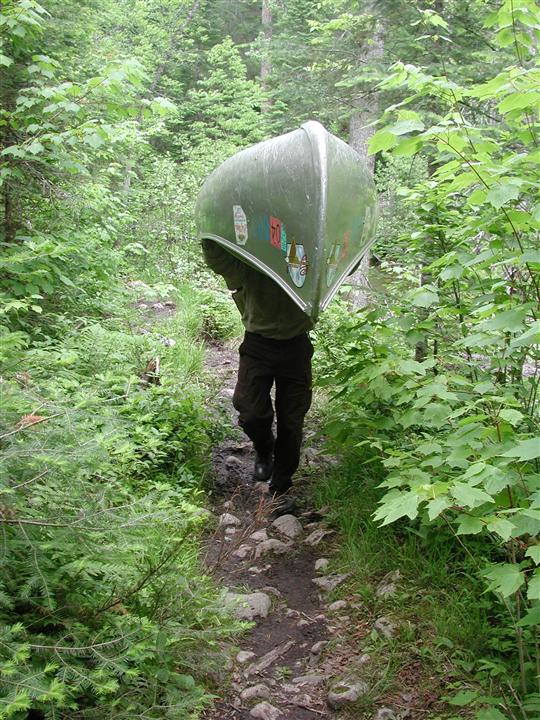Smart & Safe Wilderness Travel
Be Prepared. Whether this is your first visit or you are a seasoned visitor, an important and enjoyable first step is gathering knowledge of the region, and the specific area you’ll visit.
Wilderness travel offers great personal freedom, but requires self-reliance and good judgment. Use common sense and follow these safety tips for a safe BWCAW experience.
For more information, you may visit the U.S. Forest Service website: http://www.fs.usda.gov/main/superior/home
Life Jackets
- Always wear a life jacket – it won’t work unless you wear it.
- Minnesota state law requires all watercraft, including canoes, to have one wearable U.S. Coast Guard-approved personal floatation device (PFD) on board and readily accessible for each person in the watercraft. If you capsize, stay with your canoe – it won’t sink!
Mandatory Child Life Jacket Law
- Minnesota law requires a life jacket to be worn by children less than 10 years old when aboard any watercraft while underway. For more on Minnesota state law, see http://www.dnr.state.mn.us/safety/boatwater/index.html.
Rapids
- Running rapids in the BWCAW is not safe! Always use provided portages.
- Powerful currents can trap swimmers under water or sweep them towards dangerous waterfalls.
- Fast moving water can push swimmers and boats into rocks and logs.
- Even with life jackets on, rapids are dangerous.
Water Quality
- Giardia lamblia is a parasite that can cause an internal illness that will need medical attention.
- All drinking water should be treated by one of the following methods: (1) Purify with a filter specifically designed to remove Giardia lambia, (2) Treat water with a chemical specifically designed to kill Giardia lambia, or (3) Bring water to a full boil for 1 minute – then let stand until cool enough to drink.
Fish
- Chemicals such as mercury, PCBs and dioxin have been found in some fish from certain waters.
- Eat more pan fish and fewer predator fish, and trim the skin and fat to reduce your risk.
- Check with the Minnesota Department of Public Health for current information on limits of fish consumption at 651-201-4911.
Hypothermia
- A low body temperature can be serious, even fatal.
- Early warning signs are uncontrolled shivering, slurred speech, bluish tinge to lips, lack of coordination and poor concentration.
- To prevent hypothermia, layer clothing and get adequate food and water.
- To treat hypothermia, seek shelter from the wind, replace any west clothing and share body heat if necessary.
- Give warm fluids if the person is conscious and have them rest until thoroughly warmed.
First Aid & Emergencies
- Each permitted group should carry a well-stocked first aid kit and have group members that know how to provide first aid.
- Note that the campsite number is painted on the latrine of most campsites. Also note the location of the lake, campsite, trail or portage on a map to help emergency people locate any seriously injured group members.
- Document the extent of the injury and a basic physical description of the injured person.
- Send all of this information with visitors able to exit the BWCAW for help.
- Do not rely on a cell phone. Having a cell phone cannot substitute for knowing how to handle an emergency in wilderness. Many areas of the BWCAW lack cell phone coverage.
- In the event of serious injury or illness, the standard SOS call is a series of three signals of any kind, either audible or visible.
- For summoning help from an aircraft in an emergency, signal them by paddling in small circles or waving a brightly colored cloth tied to the canoe paddle.
Travel
- There are no directional signs in wilderness.
- A compass and accurate map are essential.
- Bring reliable maps. (Maps can be purchased at our shop or through our Online Store)
- If you get lost, don’t panic. Sit down, relax and think. Chances are that you will figure out your location in a few minutes.
- If you plan to use a Global Positioning System (GPS) for navigating, be sure you also bring a map and compass as a back up in case your GPS unit fails.
Weather
- Canoe close to shore. It lessens the chance of being endangered by sudden changes of weather. If a storm threatens, get off the water.
- Dress in layers and be prepared for every kind of weather situation.
- If in a lightning storm on the water, get to shore. If on land among trees of similar height, put yourself an equal distance between two trees. Avoid the tallest trees.
- Avoid being a bridge between an object and the ground. For example, do not lean against tent poles or trees.
- Avoid potential paths of conduction such as wet, lichen-covered rocks, cracks and crevices (wet or dry) and areas subject to the “spark gap” such as overhangs, wet ropes and tree roots.
- If your skin tingles, or your hair stands on end, stand on a life jacket or sleeping bag, squat low to the ground on the balls of your feet.
- Place your hands on your knees with your head between them. Make yourself the smallest target possible, and minimize your contact with the ground.
- When camping, hiking or paddling in high winds, be mindful of safety concerns including worsening weather, high waves, possible blowdown, etc.
Dehydration
- The body becomes dehydrated when more fluids are lost than replaced.
- Drink plenty of water throughout the day.
- Signs of dehydration include headache, cold and flu symptoms, and infrequent urination.
Bear Awareness
- Keep a clean campsite. Never eat or store food in your tent.
- Take all precautions to discourage bears from visiting your site, including hanging your food pack or using a bear-resistant container, as well as garbage and anything that has a strong or sweet odor (soap, toothpaste, etc.).
- Some bears overcome their fear of humans and approach campsites looking for food. This includes island sites since bears are good swimmers.
- If you do encounter a bear, most will be scared off if you make noise (shout, bang pots, or throw fist sized rocks at the bear, etc.). A very persistent bear may be discouraged by spraying pepper spray into its eyes. In the rare instance that a bear refuses to leave or becomes aggressive, you may want to move to another site.
Ticks Can Spread Disease, Including Lyme Disease
Most tick bites do not result in disease, but it is a good idea to recognize and watch for the early symptoms of some of the more commonly encountered tick-transmitted diseases.
Where can I be infected?
Ticks are found in wooded or brushy areas, on the edge of hiking or animal trails, or on the edge of a field where it meets a wooded or brushy area. They are in the BWCAW.
Protect yourself:
- Use insect repellent that contains 20-30% DEET. Natural oils such as geranium, lavender, lemongrass, citronella, eucalyptus and cedar wood can repel ticks as well.
- Wear clothing that has been treated with permethrin.
- Look for ticks on your body. Ticks can hide under the armpits, behind the knees, in the hair and in the groin.
- See a doctor if you develop a fever, rash, severe fatigue, facial paralysis or joint pain. For more information visit: www.cdc.gov/Lyme or www.health.state.mn.us/diseases/ tickborne/ticks.html



